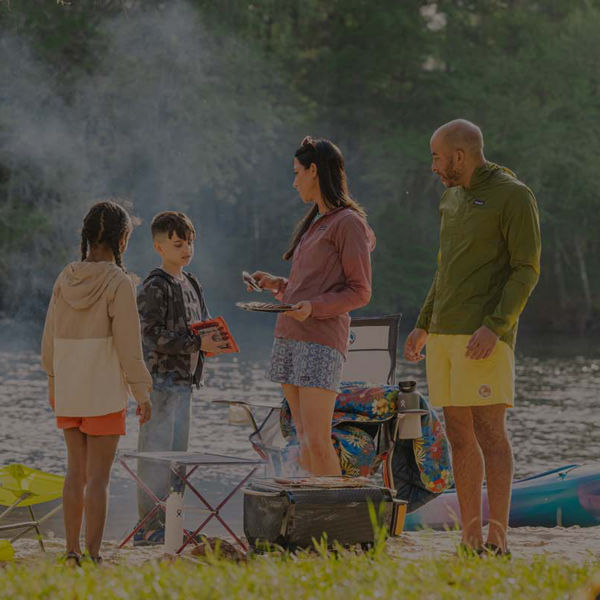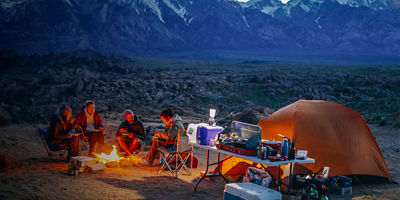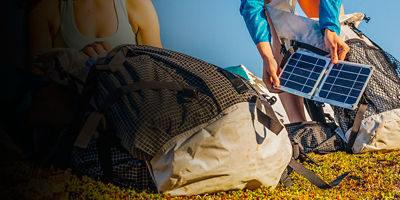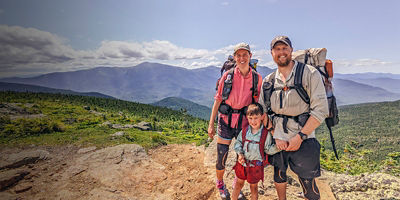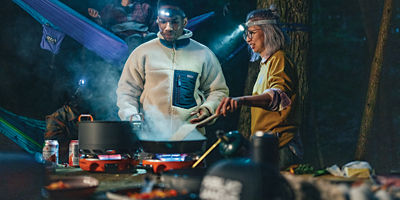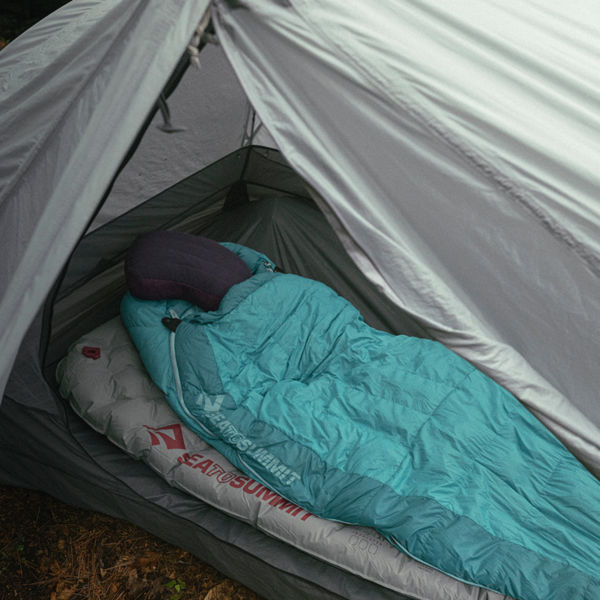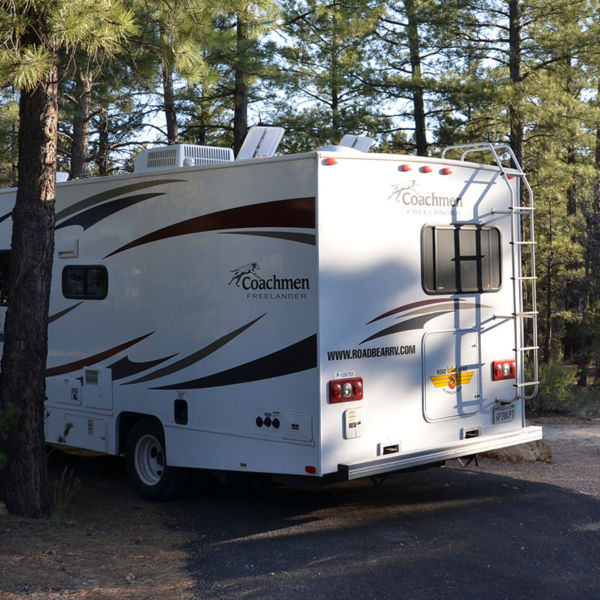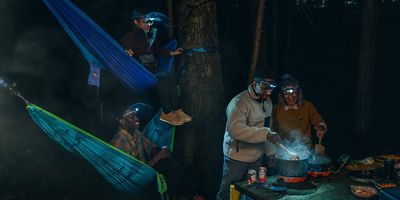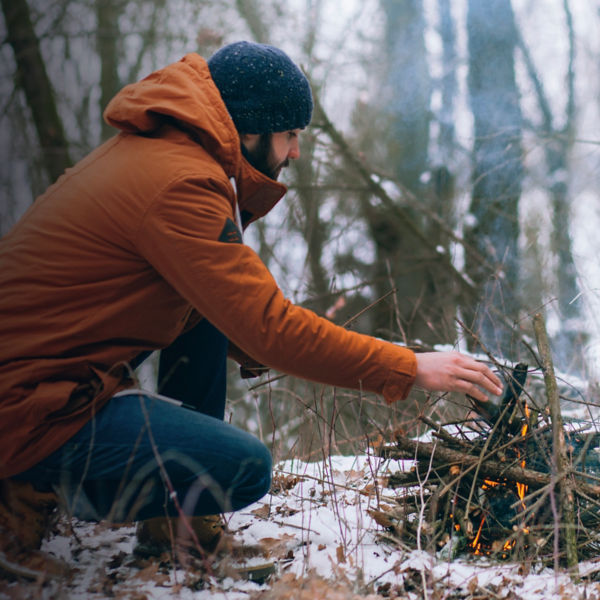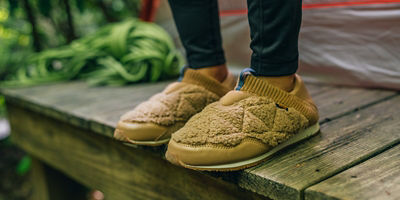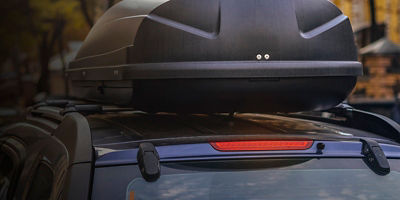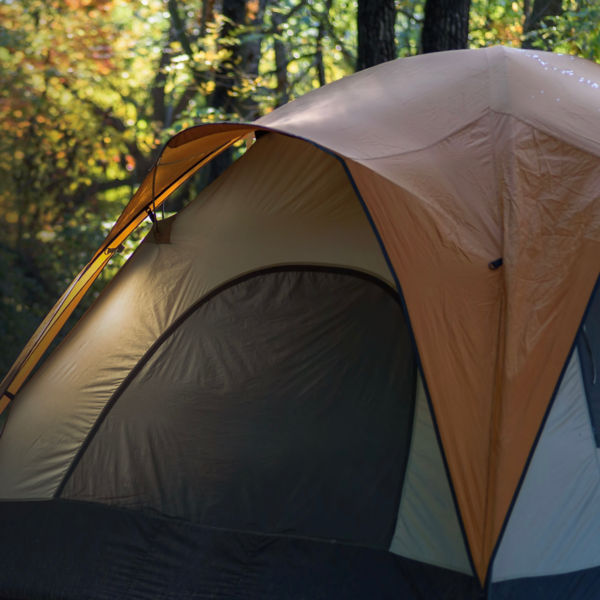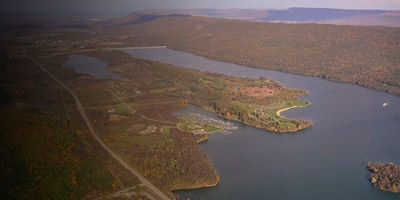
New campers often spend considerable time organizing gear—tents, sleeping bags, chairs—and not enough time organizing food. Eating well should be one of the highlights of any camping trip, so don’t make menu planning a last-minute fire drill. The great thing about car (and boat) camping is that you don’t have to worry about weight and space as much as you do with backpacking. But you still want to plan and pack carefully to have great meals with minimal fuss. Here’s how.
Assess Your Group and Trip
Step one: Determine how much food you need. There are a few factors to consider.
Who are you feeding?
Start with the number of people in your group. But also factor in who they are: big eaters, young kids, a mix? Do they have food preferences or allergies?
How many meals do you need?
Count the total number of breakfasts, lunches, and dinners. Don’t forget snacks, desserts, and drinks.
What kind of activities will you do?
If you’ll be tackling all-day summit hikes instead of lounging in a hammock, your calorie needs will be higher.
What’s the weather like?
In cold temperatures, you need more fuel to stay warm. You might want to stock up on foods with higher fat content.
Make a Meal Plan
Using the group and trip info above, create a plan that lists food by day and by meal. Now turn that into a shopping list with ingredients and quantities. Here are some tips on recipe planning.
- Stove: You can make delicious meals without a lot of ingredients or complicated steps. Think about things like: a stir fry with instant rice, veggies, and chicken (in a can or packet; burritos with canned beans, veggies, and cheese; pasta with marinara sauce, veggies, and precooked sausage.
- Grill: Nothing is simpler than throwing chicken or hamburgers or portobello mushrooms on a grill. Make a marinade at home to add a little flair.
- Fire: Nothing says camping like roasting hot dogs over an open fire. Or bake potatoes in the coals (more on campfire cooking below).







